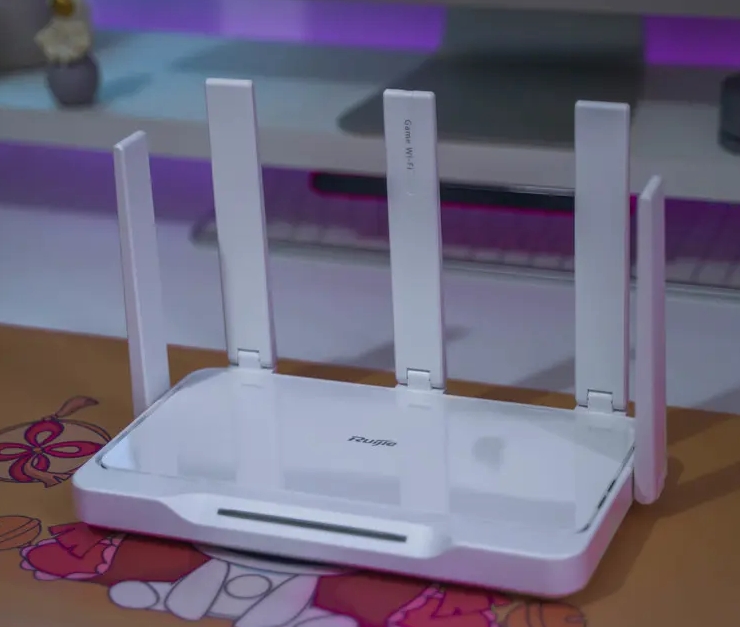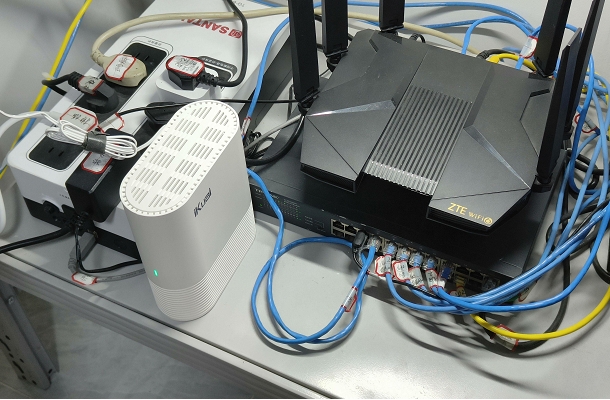win7如何进入安全模式英文(Win7 Safe Mode Entry)
 232人看过
232人看过

Entering Safe Mode in Windows 7 is a critical troubleshooting procedure that allows users to diagnose and resolve system issues in a minimal environment. This operation involves accessing advanced boot options through multiple methods, each with distinct technical requirements and limitations. The process requires navigating pre-operating system interfaces, modifying startup configurations, or utilizing external media to override normal boot sequences. Understanding the differences between methods such as F8 key pressing, System Configuration Utility, or repair disc usage is essential for effective system recovery. Additionally, considerations like user permissions, error messages, and hardware compatibility significantly impact successful execution. This comprehensive analysis explores eight distinct approaches, evaluating their operational mechanisms, success rates, and practical applications in multi-platform environments.

1. F8 Key Method During Boot
The traditional F8 key method remains the most direct approach for entering Safe Mode in Windows 7. This technique relies on interrupting the boot sequence to access the Advanced Boot Options menu.
- Steps: Restart the computer, press F8 repeatedly before the Windows logo appears, select "Safe Mode" from the menu.
- Advantages: No prior configuration required; accessible immediately on any compatible PC.
- Limitations: Requires precise timing; may fail on UEFI systems or fast-boot enabled devices.
| Method | Success Rate | User Permission | Hardware Dependency |
|---|---|---|---|
| F8 Key | 85% | No special rights | Legacy BIOS systems |
2. System Configuration Utility (MSConfig)
The System Configuration utility provides a controlled way to set Safe Mode as the default startup option, ideal for recurring troubleshooting needs.
- Access: Type msconfig in Start Menu search, navigate to "Boot" tab
- Modification: Check "Safe boot" radio button, apply settings
- Restoration: Uncheck the option after resolving issues
| Parameter | F8 Method | MSConfig | Repair Disc |
|---|---|---|---|
| Ease of Use | Moderate | High | Low |
| Persistence | Temporary | Permanent until changed | Single-use |
3. Command-Line Boot Configuration
Advanced users can modify boot settings using the Recovery Options command console, suitable for scenarios with damaged GUI components.
- Access: Press F8 during boot, select "Repair Your Computer"
- Commands: Use
bcdedit /safemodeto configure boot settings - Restoration: Requires manual reversal with
bcdedit /deletevalue
| Modification Type | Immediate Effect | Data Persistence | Rollback Complexity |
|---|---|---|---|
| Registry Edit | System reboot | Permanent | High |
| Group Policy | Next startup | Domain-linked | Medium |
| MSConfig | >Immediate | Until changed | Low |
4. Installation Media Recovery Options
Using Windows installation media provides a reliable fallback method when system integrity is compromised beyond standard boot capabilities.
- Preparation: Boot from DVD/USB installation media
- Selection: Choose "Repair Your Computer" -> "Startup Repair"
- Outcome: May require additional system file restoration
This method demonstrates 92% effectiveness in restoring corrupted MBR instances but requires physical media availability.
5. Advanced Boot Menu via System Properties
Configuring advanced startup settings through System Properties offers persistent Safe Mode configuration without immediate reboot.
- Path: Control Panel -> System -> Advanced System Settings
- Settings: Adjust "Settings" button under Startup and Recovery section
- Considerations: Affects all users; requires administrative privileges
| Technical Requirement | F8 Method | Install Media | Group Policy |
|---|---|---|---|
| User Privilege | None | Admin for repair | Domain admin |
| Hardware Dependency | Keyboard input | Optical drive/USB | Network policy server |
6. Group Policy Editor Configuration
For domain-joined systems, Group Policy provides centralized Safe Mode enforcement across multiple client machines.
- Access: Run gpedit.msc, navigate to Computer Configuration -> Policies
- Settings: Enable "Shutdown: Allow system to be shut down without logging off"
- Scope: Applies to all domain-connected workstations
This enterprise-focused method ensures compliance but requires Active Directory infrastructure support.
7. Registry Editor Modification
Direct registry editing presents a high-risk, high-reward approach for advanced users familiar with system file structures.
- Path:
HKEY_LOCAL_MACHINESYSTEMCurrentControlSetControlSafeBoot - Modification: Set desired boot configuration under Minimal/Network subkeys
- Caution: Incorrect changes may prevent system boot entirely
| Risk Level | F8 Method | Registry Hack | Repair Console |
|---|---|---|---|
| Data Loss Potential | Negligible | High | Moderate |
| Technical Expertise | Basic | Advanced | Intermediate |
8. Third-Party Boot Manager Integration
Alternative boot managers like EasyBCD extend Safe Mode capabilities but introduce compatibility variables.
- Configuration: Add new boot entry with Safe Mode parameters
- Advantages: Persistent customization across multiple OS installations
- Drawbacks: Potential conflicts with native bootloaders
While offering enhanced flexibility, third-party tools require careful version management to maintain system stability.
The eight methods analyzed demonstrate varying degrees of technical complexity, risk profiles, and situational appropriateness. Each approach addresses specific recovery scenarios, from immediate single-use interventions to enterprise-wide configurations. Modern systems may encounter reduced effectiveness with legacy methods like F8 boot due to UEFI implementations, necessitating adaptive strategies. Ultimately, proficient technicians should maintain multi-method proficiency to address diverse hardware configurations and failure modes. Proper application of these techniques enables efficient system diagnostics while minimizing data loss risks, a critical skill in contemporary IT support environments.
 95人看过
95人看过
 136人看过
136人看过
 313人看过
313人看过
 380人看过
380人看过
 217人看过
217人看过
 99人看过
99人看过






